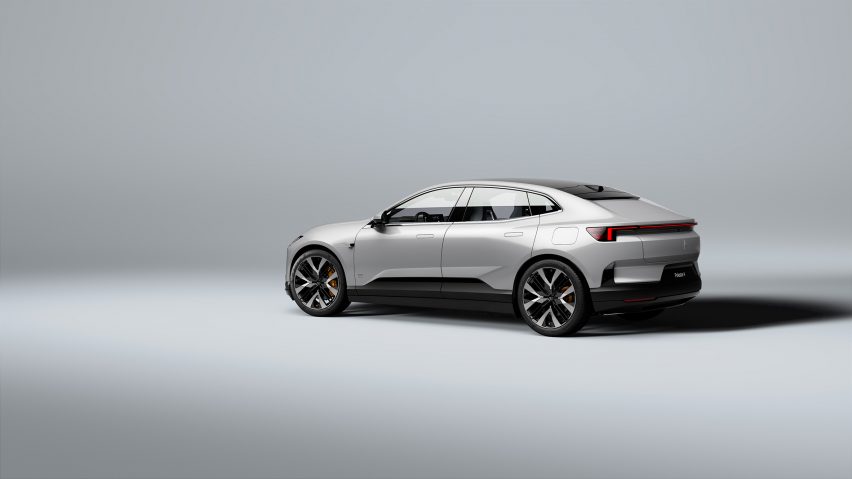
Polestar eliminates the rear window in latest electric car
Swedish automaker Polestar has begun taking orders for the Polestar 4 – the world's first mass-market car to have no rear window.
The Polestar 4 is a five-door electric SUV coupé that has now gone on sale in Europe and Australia following on from its Chinese launch last year.
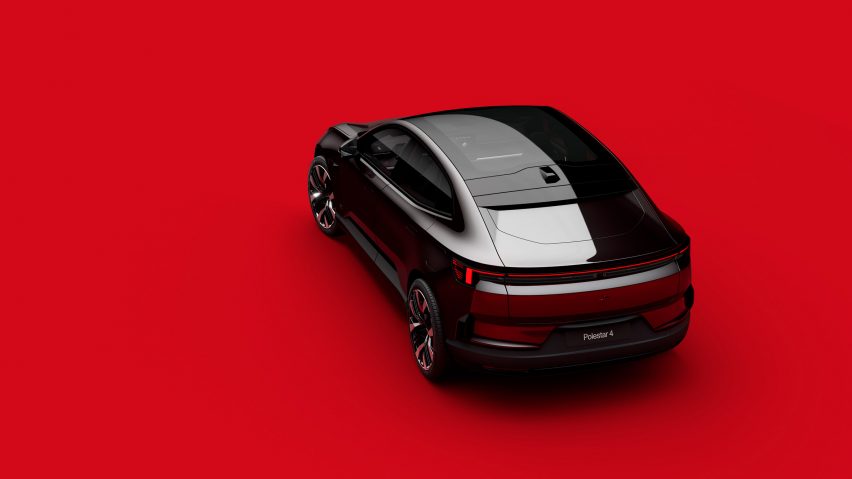
The omitted rear window is a design feature adapted from the brand's 2020 Polestar Precept concept vehicle and was made possible by technological advances that mean a roof-mounted rear camera now provides a more reliable picture than a rear-view mirror in a coupé.
"Normally, you need to provide for a good rear view with the inner rear-view mirror," said Polestar's head of design Maximilian Missoni.
"We have realised that the technology has reached a point where you can switch out the physical mirror with a digital display and an HD camera."
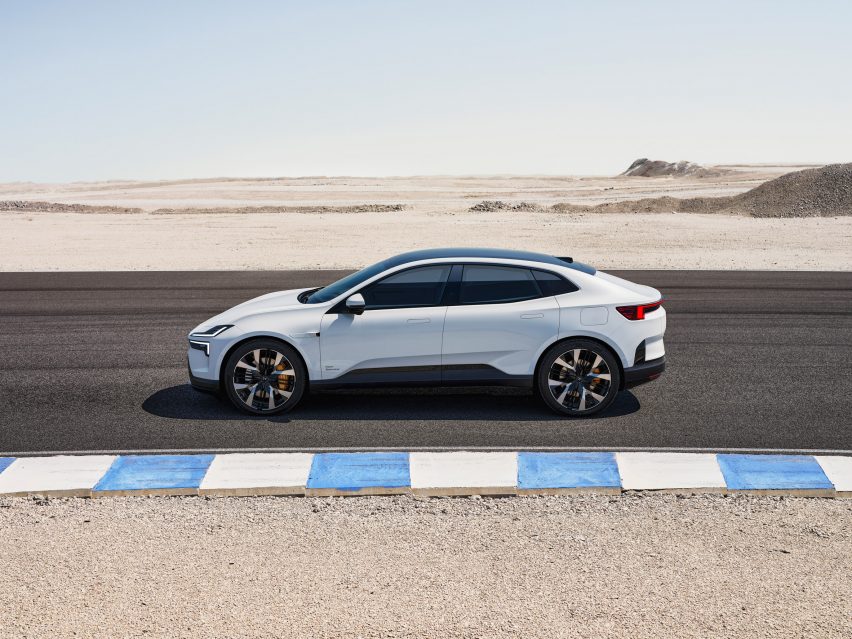
Eliminating the rear window opened up a number of design opportunities, according to Missoni.
It allowed Polestar to create a particularly smooth roof line on the exterior of the car and stretch the glass roof beyond the occupants' heads while making room for "extremely spacious" reclining rear seats on the interior.
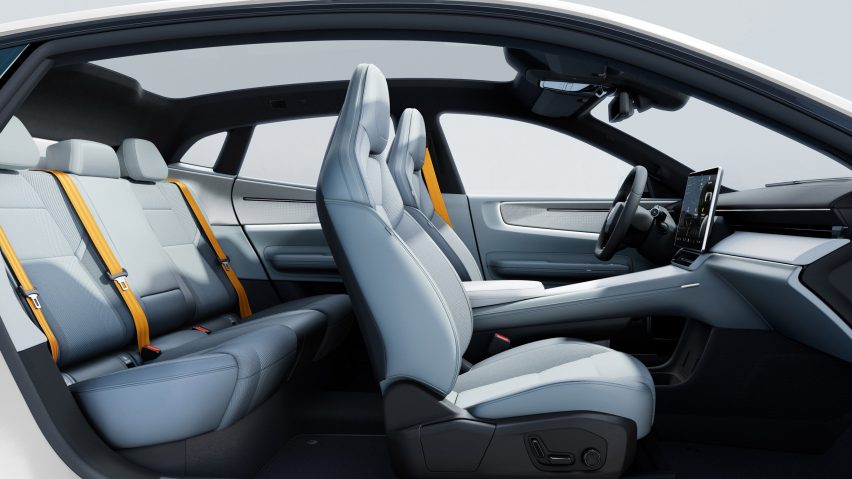
Polestar says this allows for "a new kind of immersive rear occupant experience" where passengers are "cocooned" away from the world and able to take calls, enjoy the entertainment system or bask in ambient lighting with settings inspired by the planets of the solar system.
There is still a rear-view mirror that the driver can use to view the rear passengers, they just need to deactivate the real-time feed from the camera.
Polestar is positioning its fourth vehicle in between the Polestar 2 and Polestar 3 in terms of size and price, and says it is the company's fastest production car, capable of accelerating from 1 to 100 kilometres per hour in 3.8 seconds.
Another feature implemented from the Polestar Precept concept car is the "dual blade" design of the front lights, a new signature for the brand.
In the interior, Polestar has based the design around the theme of "soft tech" and looked to fashion and sportswear as inspiration.
A newly developed 3D knit textile made of recycled PET covers the dashboard, created together with the Swedish School of Textiles and meant to minimise waste. Alternatively, the dashboard can be customised in traced leather.
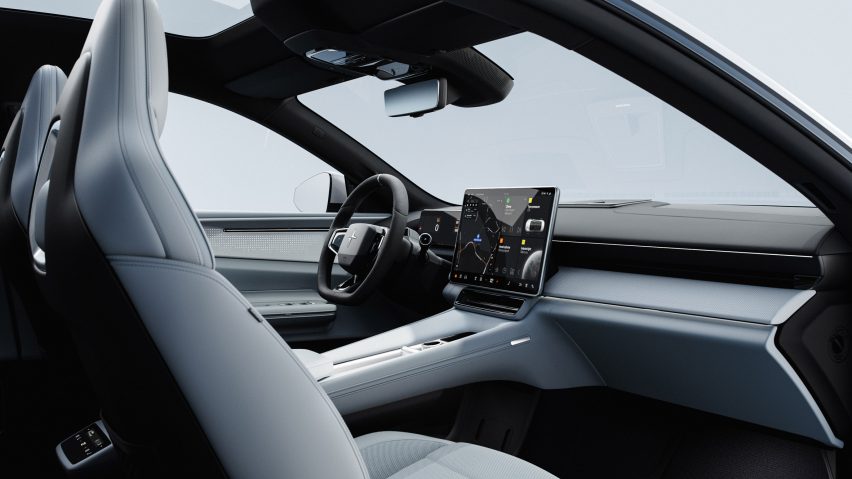
In other areas of the interior, the company says it has started to implement a mono-material approach to make recycling easier.
The sustainable initiatives are in line with Polestar's efforts to produce a climate-neutral car, which it aims to do by 2030 but has admitted is a "moonshot goal".
The company says the Polestar 4 is its lowest-carbon car to date, with a cradle-to-gate footprint of 19.9 tonnes of carbon dioxide equivalent (CO2e) for the single-motor model.
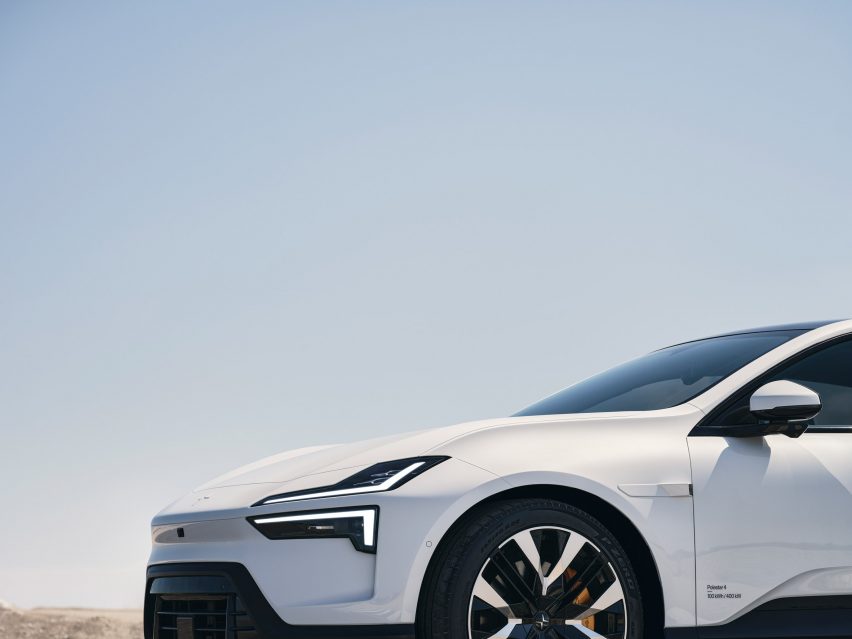
A comparable petrol car would still generate slightly lower emissions up until leaving the factory gate, according to Polestar's own modelling.
But Polestar's production-related emissions are on a downward trend as it has started using low-carbon aluminium from a factory run on hydroelectricity and getting part of its energy from solar panels on the roof of the Geely factory in Hangzhou Bay, where the Polestar 4 is manufactured.
The vehicle is available in two variants: one with a single motor and one with a dual motor. In the latter version, two independent motors control the front and rear wheels for enhanced power and traction.
Both variants have a 100 kilowatt-hour battery, giving a range target of between 580 to 610 kilometres.

Other cars with a camera instead of a rear window include the Aston Martin DBS GT Zagato and Ferrari 812 Competizione, but neither of these is a mass market car.
Production on cars for Europe, the UK and Australia is planned to start in mid-2024 with deliveries being made from August. The first deliveries of Chinese orders were made at the end of 2023.
Polestar is a subsidiary of car brands Volvo and Geely and a competitor to Tesla. Its most recent concept car was the O2 roadster, which comes with its own personal drone.